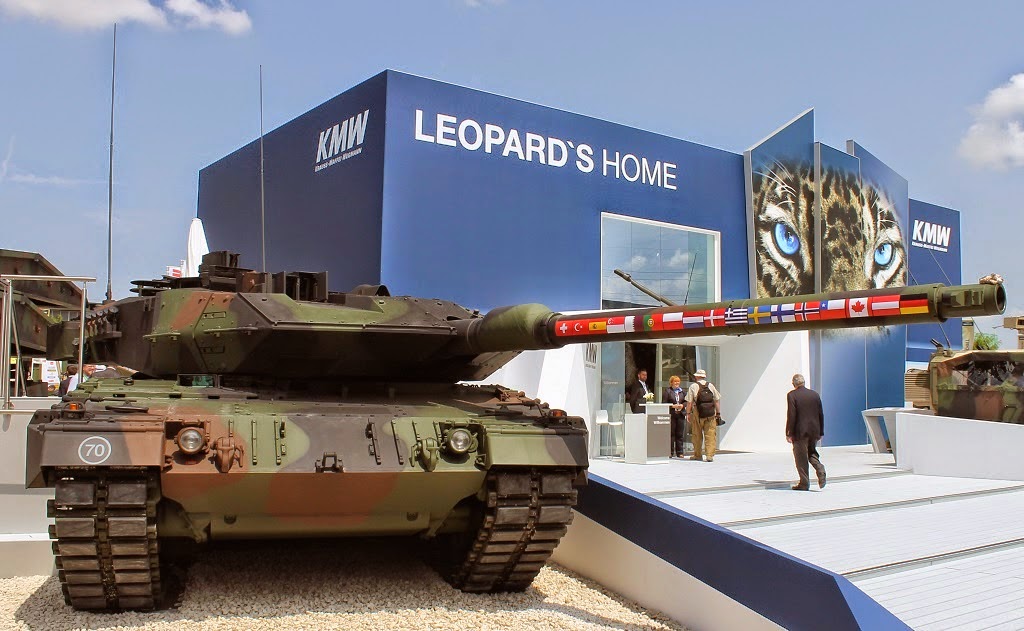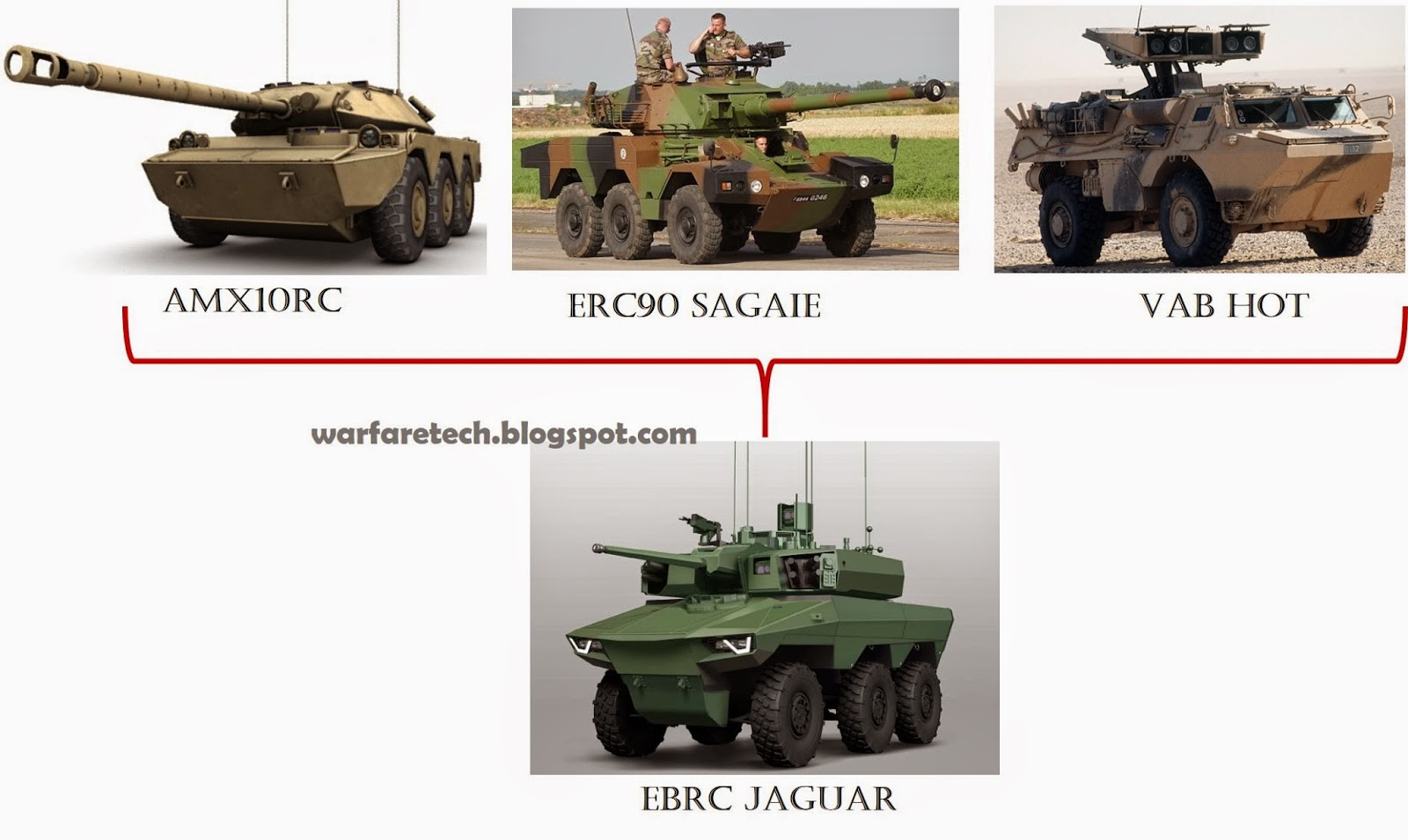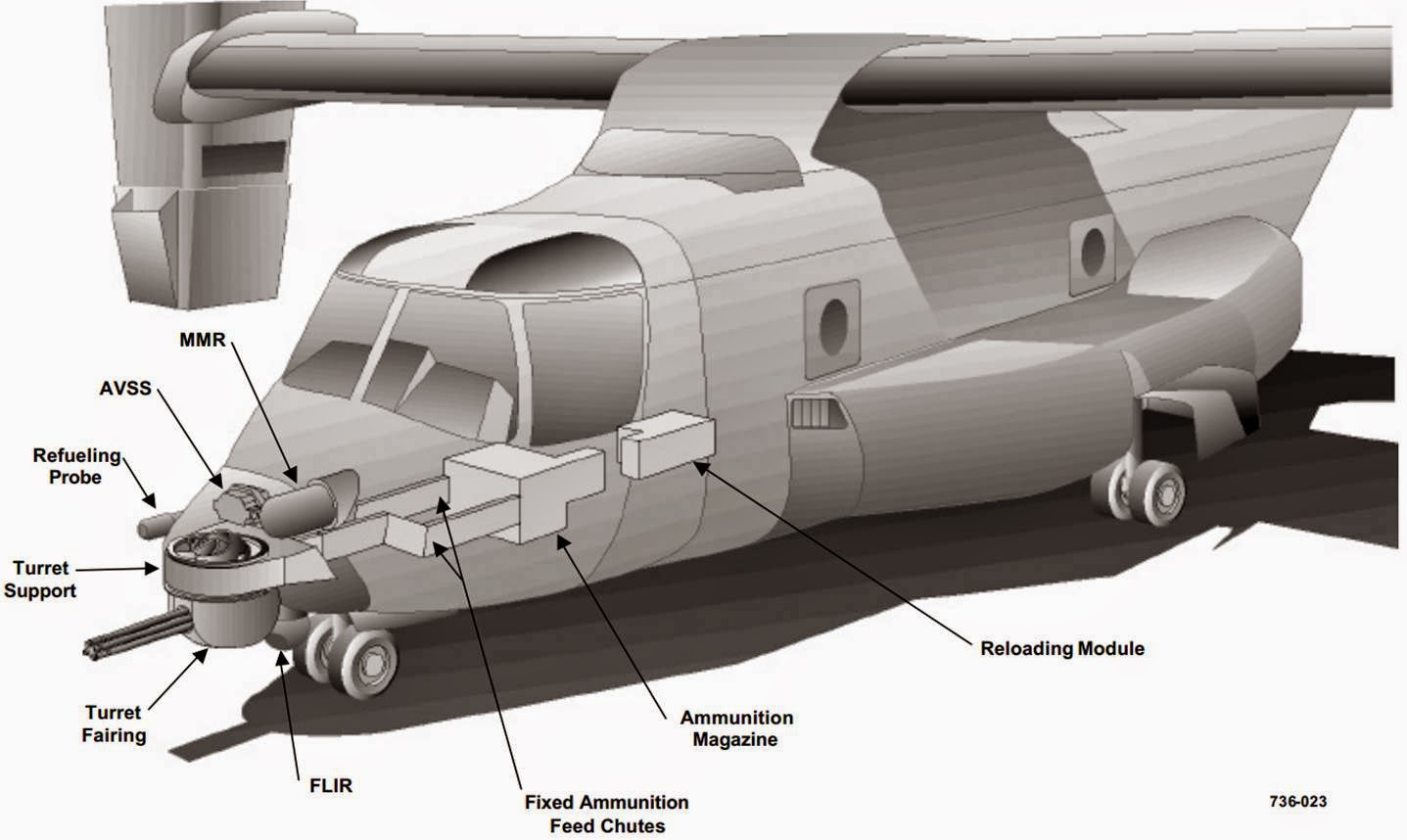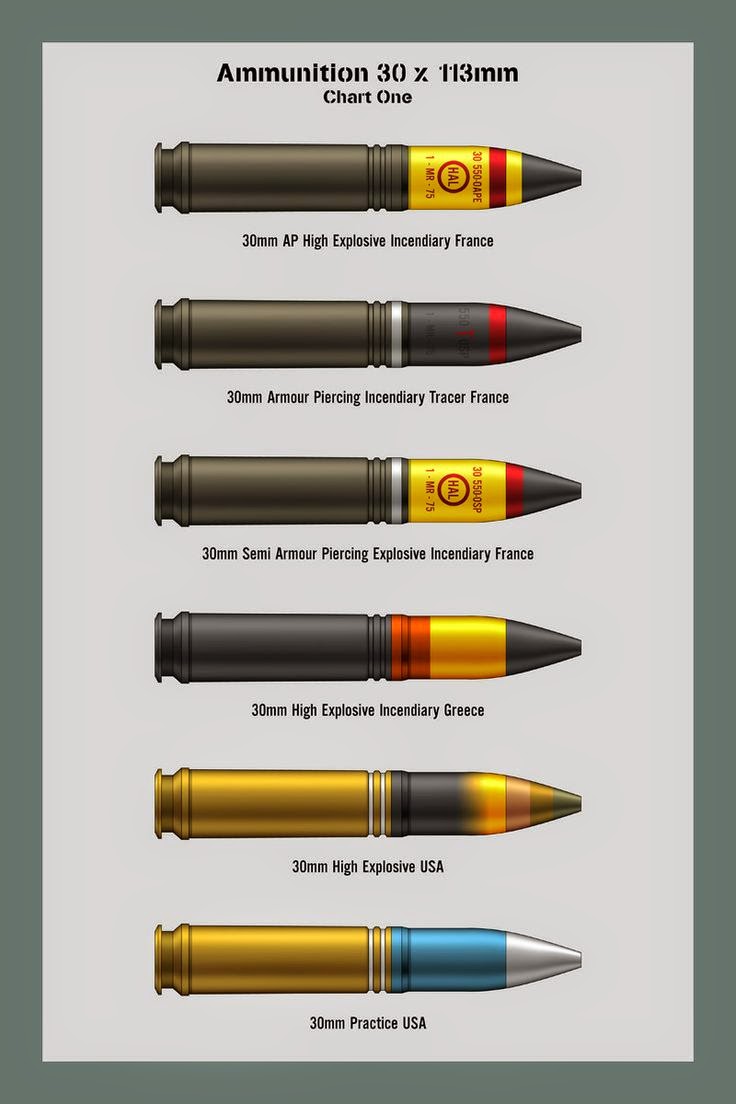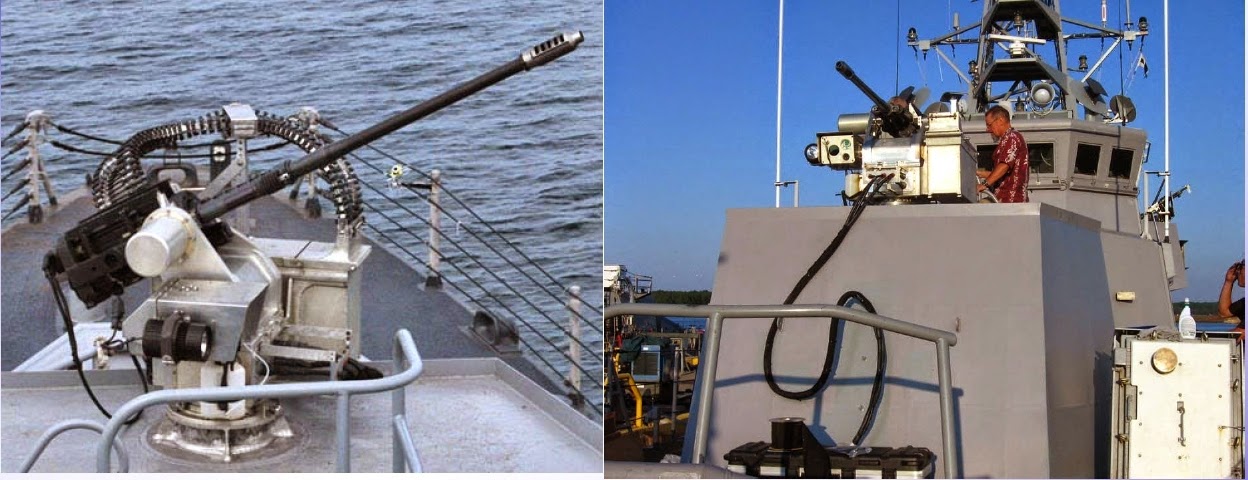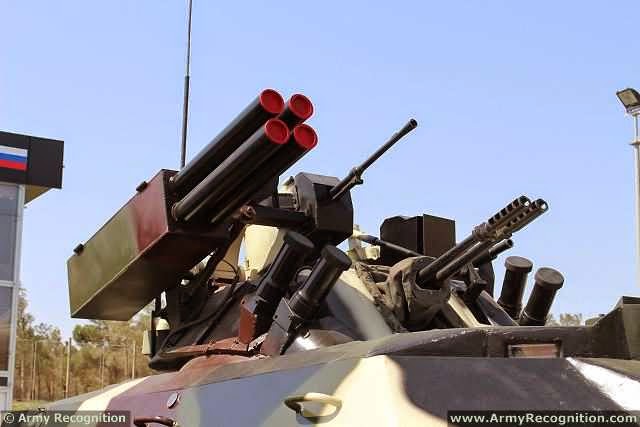Meet the New Predator in
Korea's Forests:
Black Panther
According to Defense Update:
The Korean automotive industrial giant Hyundai Rotem Co. has signed a contract worth US$820.29 million (901.5 billion won) with the Korean Defense Acquisition and Procurement Agency (DAPA) to deliver the first 100 'Black Panther' K2 Main Battle Tanks (MBT) to the South Korean Army.
K2 is a 55 ton combat weight MBT armed with a 120mm 55 caliber smoothbore gun. The development of the K2 MBT began in 1993. The tank has a crew of three, commander, gunner and loader made possible by the bustle located auto-loader. The turret has a coaxial 7.62mm and a pintle mounted 12.7mm machine gun.
K2 Tank AutoLoader
Copyright: Military Today
Production vehicles will have a Korean powerpack with a power of 1.500HP, the 12 cylinder diesel engine is developed by Doosan, where the transmission is developed by S&T Dynamics. Initially the tank used an German MTU 883 engine coupled to a Renk transmission. The powerpack is conventionally located at the rear as well as the drive sprockets.
The gunner is seated on the left side of the turret with the commander to his right. Gunner has a dual-axis stabilized sight with auto-tracking capability and the commander has a panoramic stabilized sight to allow hunter-killer type operation. Turret has an onboard ammunition capability of 16 120mm rounds. Additional 24 rounds are stored in the hull.









